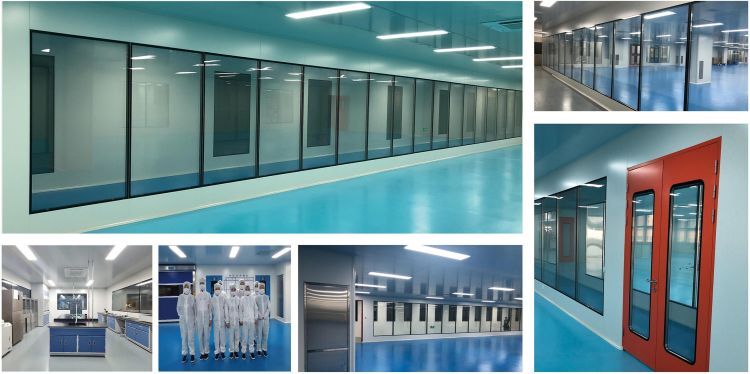Cleanroom Requirements In The Optical Industry
- 2024-05-03
- View 20
The concentration of airborne particles have to be kept as low as possible. The air purity is usually monitored very closely. Here, human beings seem to be the biggest safety hazard for particle contamination. Moreover, machines and assets in a cleanroom are able to completely contaminate optical components, for example.

Working in a cleanroom - a standard for the optical industry
Any equipment’s cleanroom suitability has to be regarded in optics and many other sectors over the next years. Requirements for assembly assessment, packaging and transport of optical components and parts in clean conditions will make working in a cleanroom a standard for many manufacturers of the optical industry. For the production of microelectronics components as well as for assembly assessment, like for example optical components, cleanroom technology is indispensable. The driving force of this development are microelectronics, since the development of optical measurement and peripheral optical devices are growing proportionally.
To ensure the required cleanroom conditions, certain specifications concerning
Air purity class (DIN EN ISO 14644.1)
Machines, assets and consumables
employees' knowledge
Work clothes
need to be arranged.
The above-mentioned requirements involve various task fields, in classical as well as in micro optics. Moreover, it is important to consider the entire process chain.
Classical optics
There are hardly any production processes in which so many particles occur process-related as in the polishing of optics. There it is less the number of particles in itself than the number and size of foreign particles which are not from the polishing agent. These foreign particles can create micro scratches on the optical surfaces. Another aspect arises, though, since high cleanliness is achieved through a clean air supply by means of a filter system in connection with a high air exchange (takes clean air to the process and contaminated air away from it). However, fluctuations in the air temperature are caused, which are opposing precision machining of optical surfaces. A processing in a Lamda/4 area is almost not feasible anymore. The challenge lies therein to lift the contradiction with the use of a coordinated technical solution.
Microoptics
In Micro optics, for exapmles in production and assembly of cellphone cameras, on the one hand there are classical particle problems, whereas foreign particles get into the process and scratch surfaces. On the other hand the electrostatical discharge needs to beo noted during the assembly process, since voltage pulses are able to damage electronic components inside the device. Therefore, it is irrefutable to assess the entire production process concerning its cleanroom suitability. That means that for example components have to be delivered clean or foreign particles have to be cleaned with a special cleansing before the material is used.
It is always necessary to look at the entire process chain when considering cleanroom suitability so that contamination and therefore damage of the products can be prevented.
